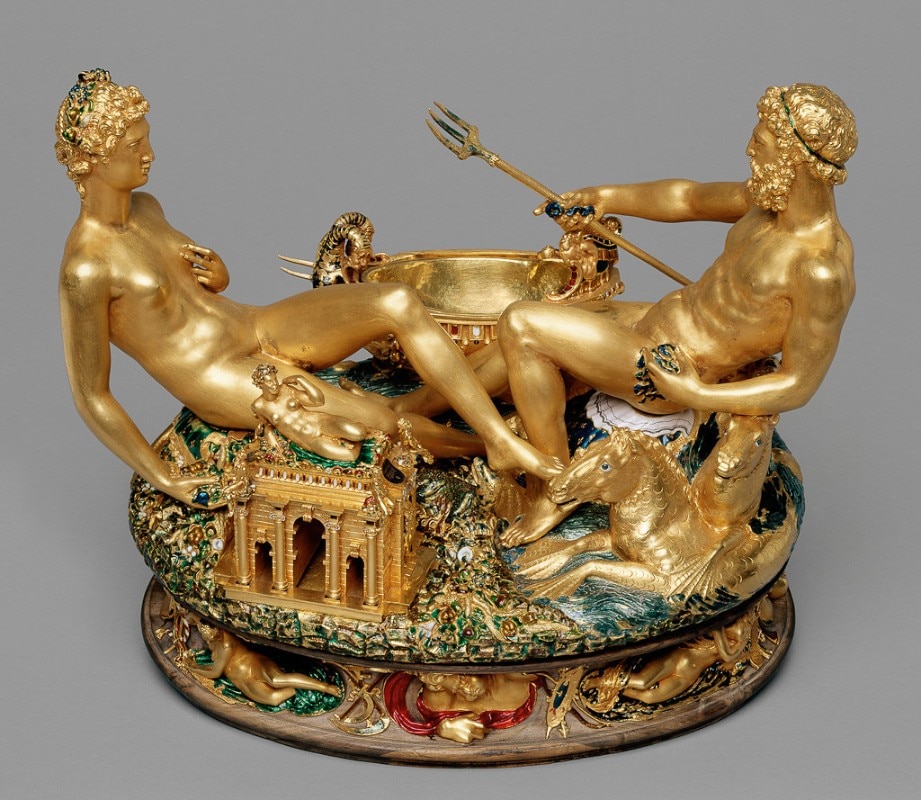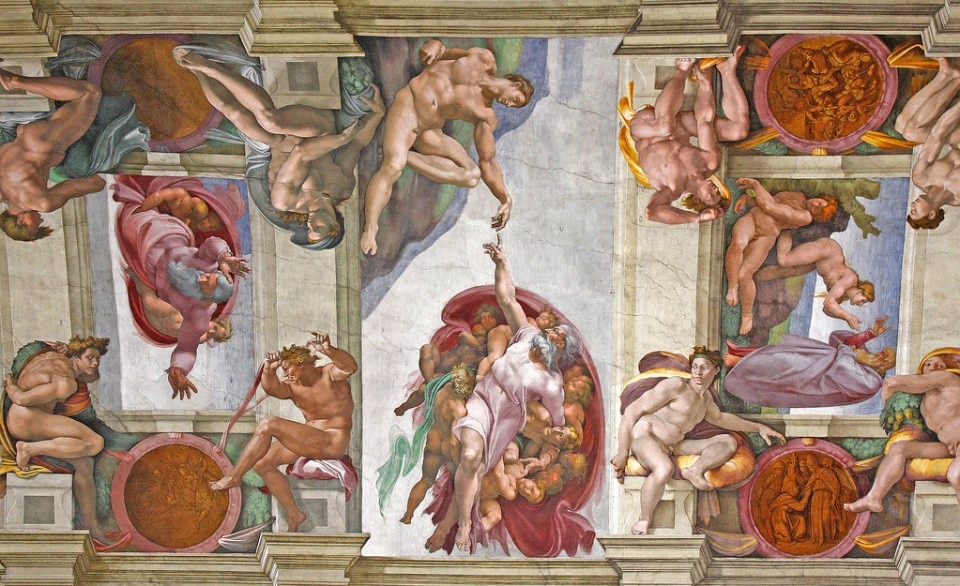This article was originally published on Domus 1064, January 2022.
“The boundaries between design, interior design, interior architecture, exterior architecture and landscape architecture all keep shifting. In fact I would prefer not to see them as boundaries, just as I would not consider that between art and architecture a boundary.” Michele De Lucchi, designer and architect who needs no introduction, speaks his mind freely, especially to Domus where he was guest editor in 2018.
“Vitruvius said that architecture is the mother of all the arts, not because it is the most important but because it has to embrace all the arts. He said it thinking that sculpture, painting, all the figurative arts were embodied in architecture, an idea that still strikes me as fundamental.”

De Lucchi himself has always engaged in a dialogue with painting. “Throughout my professional history I have regularly returned to Giorgio Morandi’s paintings. Of all of the painters, he is the one who most influenced me, who’s been most consistently in my thoughts. Morandi was a loner, an independent. He never followed the trends or the styles of the moment. He had his own field of research, his own task, a commitment to himself. This is the beauty of art, which imperils you, puts you in jeopardy, meaning you are the sole judge of what you do.
This is the beauty of art, which imperils you, puts you in jeopardy, meaning you are the sole judge of what you do.
A great artist doesn’t care whether someone says, “No, it’s too light, it’s too dark. I want it pinker, I want it more violet.” They don’t give a damn. An artist has a goal in mind and pursues it. Nothing else. I feel this type of artist is very clearly represented by Giorgio Morandi, by his work, by his personality as a man. Devoting his whole life to discovering the poetry, the surprise, the wonder in three bottles arranged on a shelf seems an extremely heroic gesture.
Art has within it a quality of heroism. Just think of Benvenuto Cellini’s salt cellars or Michelangelo’s dome. There’s a heroism in these things that no other profession attains. A heroism towards yourself, clearly, when you devote everything to your ideal, to the certainty that there is a greater truth that you can interpret. To the artist it’s important to defend his identity, his personality, his work. As designers we design for others, the judge of our work is the market, but not the artist. He does everything for himself and only for himself. The difference, after all, lies simply in this.”
Opening image: Sistine Chapel, Michelangelo, Vatican Museums, (1475-1564). Courtesy Frans Vandewalle


